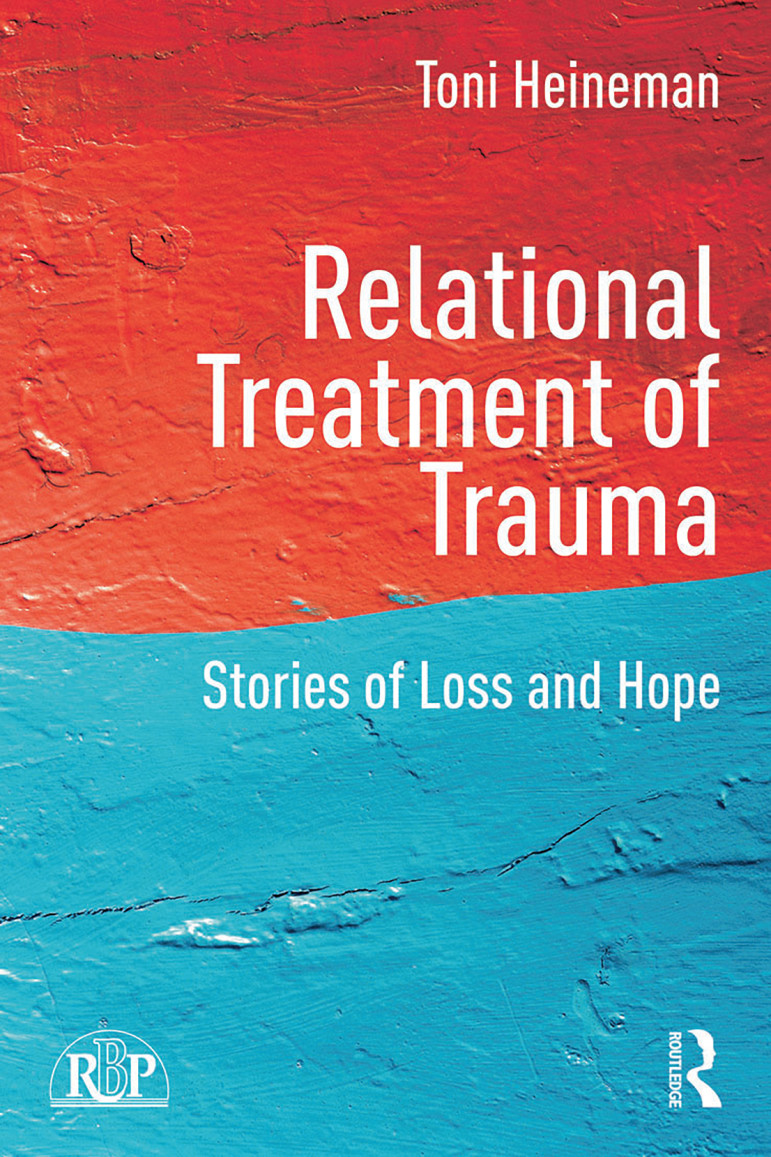“Life cannot be lived without loss,” writes Toni Heineman in the opening of “Relational Trauma: Stories of Loss and Hope,” but “perhaps the most insidious loss for foster children is the continuity provided by a single person who keeps them in mind — the one person who can provide a bit of the certainty in a sea of change.”
Founder and executive director of nonprofit therapy group A Home Within, Heineman has practiced psychotherapy with adults, families and children for more than 35 years. Heineman has formed a new model of providing therapy for foster youth that stresses a relationship-based approach. In “Relational Treatment of Trauma,” Heineman draws upon her experience to address the role this therapy can play in filling a major void in the treatment foster care youth experience through the traumatic “consequences of repeated, unexpected and unexplained or unexplainable losses of caregivers.”
Heineman devotes the beginning of “Relational Trauma” to detailing the origins of A Home Within. She explains how the need came from experiencing, firsthand, how beginning clinicians “attend to the emotional needs of foster children and youth without the necessary education and support for building relationships that can heal the psychological pain that repeated trauma and loss have inflicted on these vulnerable young people.” Most therapeutic options for foster care children recovering from trauma did not create space for stable, ongoing therapeutic relationships. Now in more than 40 communities in more than 20 states, A Home Within has three guiding principles: The first is that “stable, lasting relationships are vital to healthy development, something that therapists can both provide and support.” The second is the importance of peer support and mentoring for the therapists involved and the third tenet is that everyone, from intern to seasoned clinician, has something valuable to contribute to the process.
Heineman goes on to discuss the dynamics of attachment and trauma. Of particular interest are the kinds of insecure attachments that occur when an infant is separated from the primary caregiver — a trauma that echoes through childhood and into adult relationships. Heineman also discusses the lack of support networks that foster children face. Many children growing up in non-foster home environments are able to take advantage of extended family members as well as the village of parents’ friends for advice and mentorship. This is not the case with foster youth.
In later sections, Heineman also discusses both the necessity — and difficulty — of creating a full concept of self in foster care. “The abuse and/or neglect that propelled the child into foster care has, in almost every case, left the child without coherent life narrative, a condition perpetuated by the multitude of players and frequent disruptions characteristic of the foster care system,” she writes.
Heineman also makes a special note on the manifestation of mood disorders among foster youth — and the difficulty in receiving treatment with the bureaucracy that does not allow a foster parent the authority to allow treatment. Instead, after a needs assessment and waiting period, an evaluator determines if the child needs therapy, after which the caseworker “may have to make multiple phone calls just to get the child on a waiting list.” If the biological parent does not wish the foster child to enter therapy, a court order may have to be obtained, another lengthy process. And therapy is often an immediate need for a foster child, whether it be after removal from a dangerous situation or the death of parental attachment figures, or to begin infant-parent bonding.
The final chapter of “Relational Trauma” offers Heineman’s solution to this conundrum: a practical, eight-step guide to incorporate relationship-based therapy into their work. These steps are organized into detailed sections: engagement, environment, empathy, egocentrism, enthusiasm, evidence, endurance and extending. “
Relational Trauma” is an accessible, informative book, grounded in the author’s theoretical knowledge and practical research. This latest installment in the publisher’s Relational Perspectives series guides any clinician who wishes to incorporate this model into her work. “Relational Trauma” could make a welcome resource for any course in psychology, sociology and social work — as well as for youth professionals in these fields.
Further reading:
“The Analyst in the Inner City: Race, Class and Culture Through a Psychoanalytic Lens,” by Neil Altman, Analytic Press: Relational Perspectives Book Series, 2009. A case study and analysis of how race, class and culture are treated in the psychoanalytic realm.
“Attachment in the Preschool Years: Theory, Research, and Intervention,” by Dante Cicchetti & E. Mark Cummings, Chicago University Press, 1993. A diverse collection of articles by leading childdevelopment specialists, establishing the importance of parent-child attachment relationships during the preschool period.


























